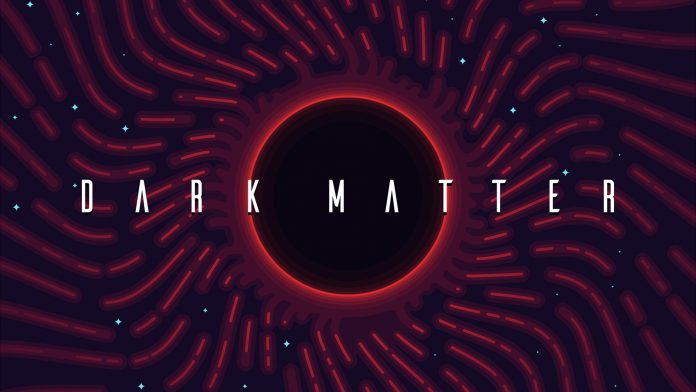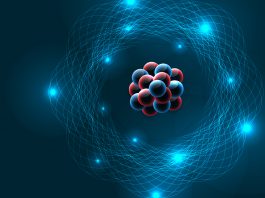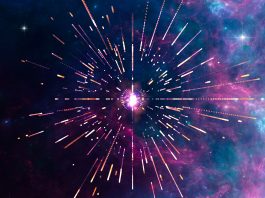Professor Elisabetta Barberio, Director of the ARC Centre of Excellence for Dark Matter Particle Physics, explains what Australia’s newly constructed Stawell Underground Physics Laboratory could bring to our understanding of the Universe.
Advancements in dark matter research are crucial in furthering our understanding of how the Universe was formed. Now, a new facility has been unveiled in Australia that is set to become the country’s new epicentre for dark matter research.
Located deep underground within the Stawell Gold Mine in Victoria, Australia, the Stawell Underground Physics Laboratory (SUPL) was unveiled in August 2022 following the completion of its construction phase (Phase 1). The laboratory will now host the Sodium Iodide with Active Background Rejection Experiment (SABRE) South, which aims to directly detect dark matter. SABRE South will run in conjunction with the complementary SABRE experiment taking place in Laboratori Nazionali del Gran Sasso, Italy.
Development of the SUPL was funded by the Australian and Victorian Governments, which each contributed A$5m for its construction. This funding was boosted by a A$35m grant from the Australian Research Council to develop the ARC Centre of Excellence for Dark Matter Particle Physics. The Laboratory will be managed by SUPL Ltd., which is co-owned by the University of Melbourne, ANSTO, the Australian National University, Swinburne University of Technology, and the University of Adelaide.
Interested to discover more about the construction process and what the Laboratory could bring to our understanding of the Universe, Editor Georgie Purcell spoke to Professor Elisabetta Barberio, Director of the ARC Centre of Excellence for Dark Matter Particle Physics.
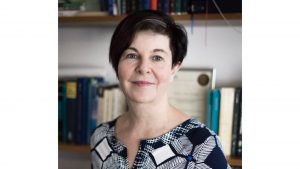
What is the significance of the Stawell Underground Laboratory being located in Australia?
The Stawell Underground Physics Laboratory (SUPL) is located in Australia so the SABRE South experiment can be carried out, comparing its data with that collected in the SABRE North experiment in the Southern Hemisphere.
There are many physical processes/signals that are expected to vary throughout the year. Some of these have a seasonal dependence, and so will change depending on the hemisphere, while others depend on the position of the Earth in its galactic orbit, and so will be the same in both hemispheres. SUPL is the first deep underground lab in the Southern Hemisphere, and so provides physicists the ability to disentangle these types of signals for the first time.
When we were looking for a site for our laboratory, we knew that we wanted a deep underground location (more than 800m) to minimise cosmic interference, so that narrowed down the options considerably. There are only a few deep mines in Australia and the Stawell Gold Mine is the deepest.
We are pleased to be bringing world-class research to regional Victoria, and our involvement in this research puts Australia at the forefront of scientific exploration. It is a valuable opportunity for the Australian, and international, scientists involved.
Why is dark matter such a mystery currently? How has SUPL been designed to overcome the barriers to our knowledge of dark matter?
Dark matter is a mystery because it is something that we cannot see as it does not emit light, and it is very difficult to detect. However, we know, through gravitational interactions in space, that it is there. We just need to find a way to detect it, and that is what we are trying to do in the SABRE South experiment in Stawell.
The underground location of SUPL helps to shield experiments from cosmic interference. The SABRE South dark matter experiment is very sensitive to radiation, and layers of rock provide a buffer against radiation and any other contaminants from cosmic rays (radiation coming from space). This ensures that any signals that are detected are actually dark matter.
We have also put in place various measures to reduce interference within the underground laboratory, including using special paint on the walls to prevent contamination, and the SABRE vessel has been specially constructed using constructed layers of metal shielding.
When are the first experiments set to begin? Can you explain more about these and what the key aims are for them?
We will start collecting data by the end of 2023.
The SABRE North and SABRE South experiments aim to detect dark matter particles via their scattering off nuclei. They use an array of high radio-purity thallium-doped sodium iodide (NaI(Tl)) scintillating crystals deployed in a liquid scintillator to detect dark matter.
These experiments try to detect the recoil of a type of hypothetical dark matter particle – called weakly interacting massive particles (WIMPS) – off targets deep underground.
Another key aim is to observe the expected modulation of dark matter by comparing data from both hemispheres.
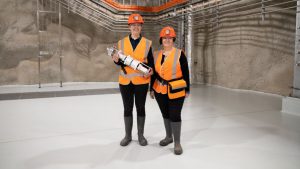
How has the development process for the laboratory been? Have you encountered any challenges or major setbacks? If so, how were these overcome?
Like many major projects, the construction of the underground laboratory was impacted by the COVID-19 pandemic. This caused delays in construction works and access to materials. We also faced delays earlier in the project when there was uncertainty about future mining activities at the mine.
We are very pleased that Stage 1 of the project has been completed and the next step will be to transport the SABRE vessel into SUPL.
How could the research conducted and potential discoveries made at SUPL impact other global research work on dark matter?
The research that we are doing in Stawell could have a huge impact on our understanding of dark matter, as to directly detect dark matter and identify its nature is one of the greatest goals in modern physics.
We are excited to be at the vanguard of scientific exploration, and to be sharing the excitement with Australians, whether they live in metropolitan or regional and rural areas.
It is a real opportunity to give our scientists the opportunity to be involved with a project that could change the way we understand the Universe.
Professor Elisabetta Barberio
Director
ARC Centre of Excellence for
Dark Matter Particle Physics
https://www.centredarkmatter.org/
https://www.supl.org.au/
fleur.morrison@unimelb.edu.au
Please note, this article will also appear in the twelfth edition of our quarterly publication.

